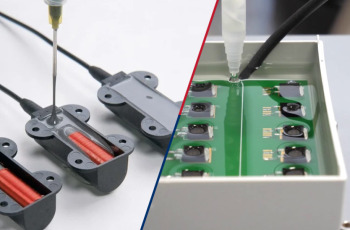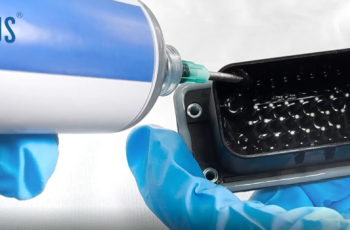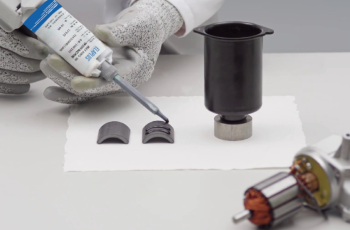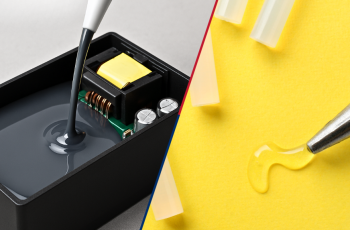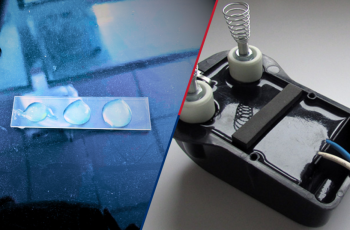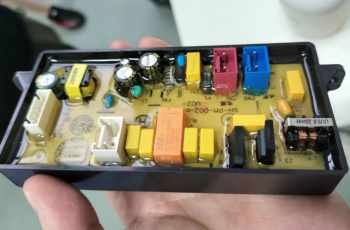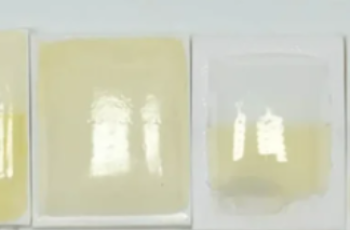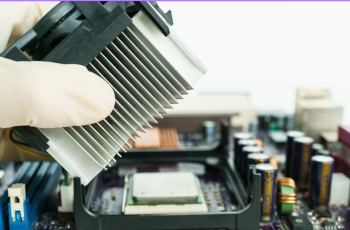Silicone Gels VS Epoxy Resins: A Guide to Depth Comparison for Electronic Packaging Materials
Silicone Gel and Epoxy Resin are the two most common types of materials in electronic packaging, sealing, thermal conductivity, protection and other applications. They are widely used in LED packaging, sensor sealing, power module, circuit board protection, automotive electronics, communication equipment, medical electronics and other fields.But many engineers in the selection, often the difference between these two materials is not clear enough: which is more suitable for high temperature environments? Which is softer, more resistant to yellowing? Today we will recommend four dimensions from the material characteristics, application scenarios, advantages and disadvantages, selection, comprehensive comparison of these two types of adhesive materials, help you choose adhesive science, improve product reliability! Organic Silicone Gel VS Epoxy ResinWhat is an organic silicone gel?Organic silicone gel is a high softness, good elasticity, deep curing silicone-based material, usually used as a dual component (A / B component) to form a soft gel-like structure after curing by room temperature or heating.Features Overview:Transparent or semi-transparent, low modulusSelf-healing, good stress releaseUV resistance, aging resistance, high and low temperature (-60 ℃ ~ +200 ℃)Strong electrical insulation, some models have thermal conductivityWhat is epoxy resin?Epoxy resin is a thermosetting material, used by resin and curing agent mixed, after curing to form a high strength, high hardness solid state structure. Widely used in electronic packaging, structural bonding, circuit protection, mold manufacturing and other fields.Features Overview:High mechanical strength and hardnessStable volume after curing, resistant to chemical corrosionExcellent high temperature resistance (generally up to 130 ℃ ~ 180 ℃)Excellent electrical insulation and adhesionIII. Organic Silicone Gel Vs Epoxy Resin Comparison TableComparison Dimensions Organic Silicone Gel Epoxy ResinAppearance/Hardness Soft, gel-like, good elasticity Hard, solid, high strengthCuring method Two-component, constant temperature or heating curing Two-component, heating/constant temperature curing requiredThermal conductivity Adjustable, 0.2 ~ 3.0 W/m·K, elastic thermal conductivity Adjustable, 0.5 ~ 1.5 W/m·K, structural…
More